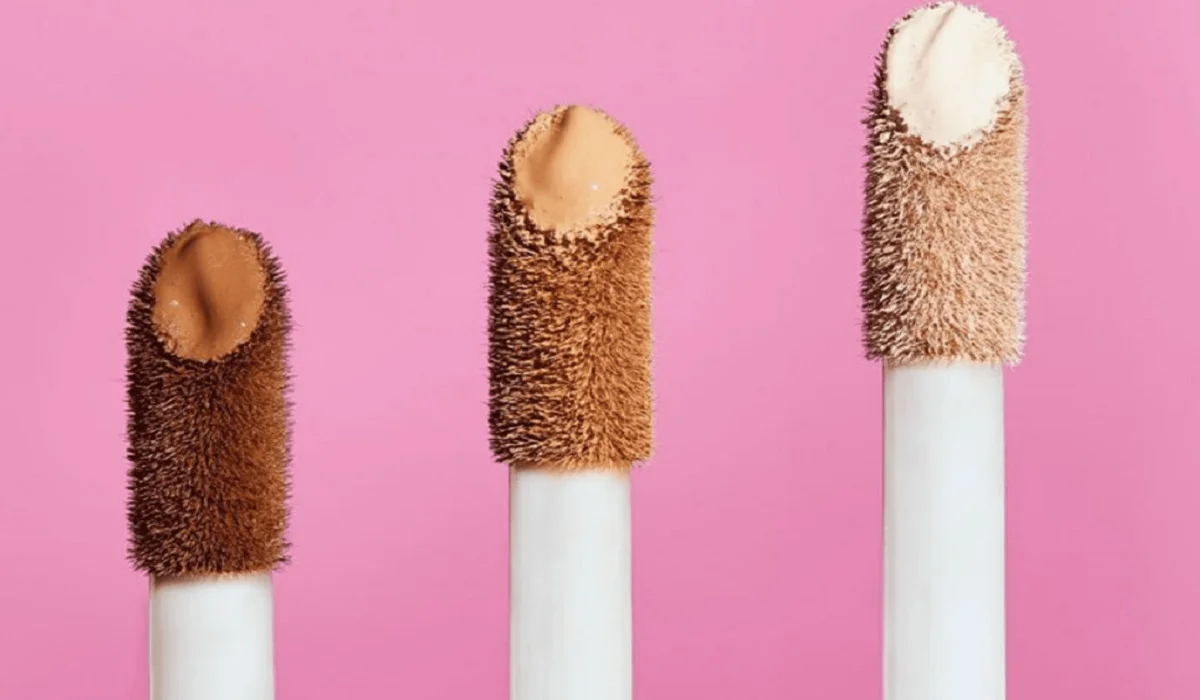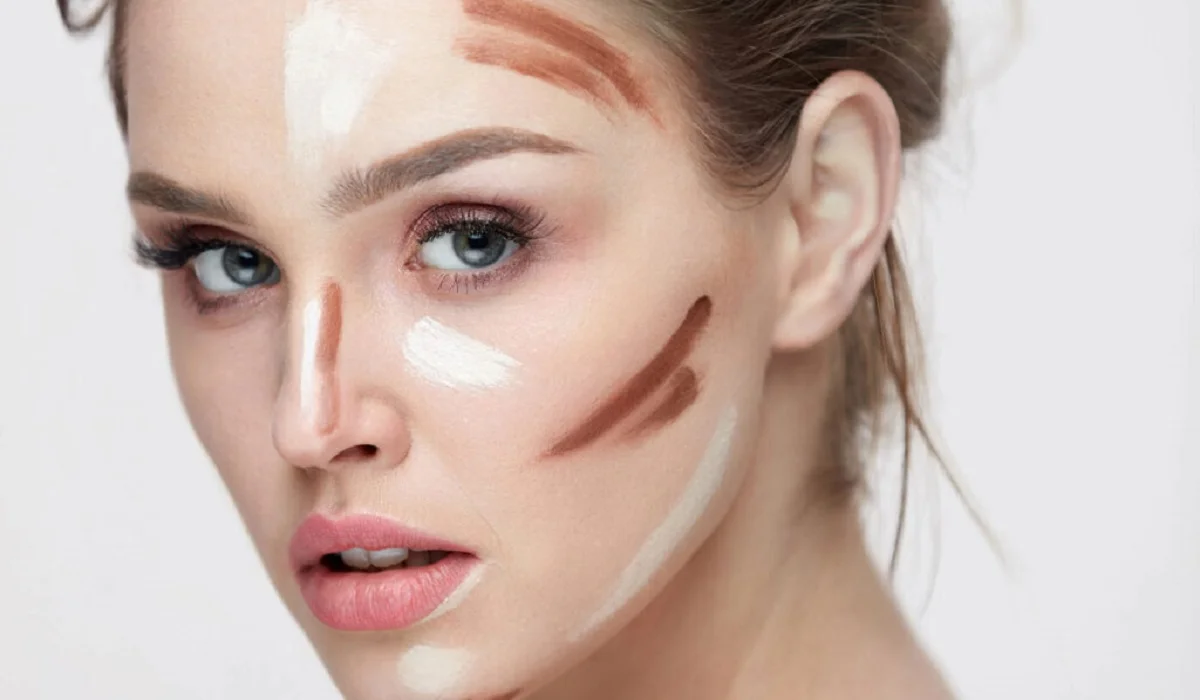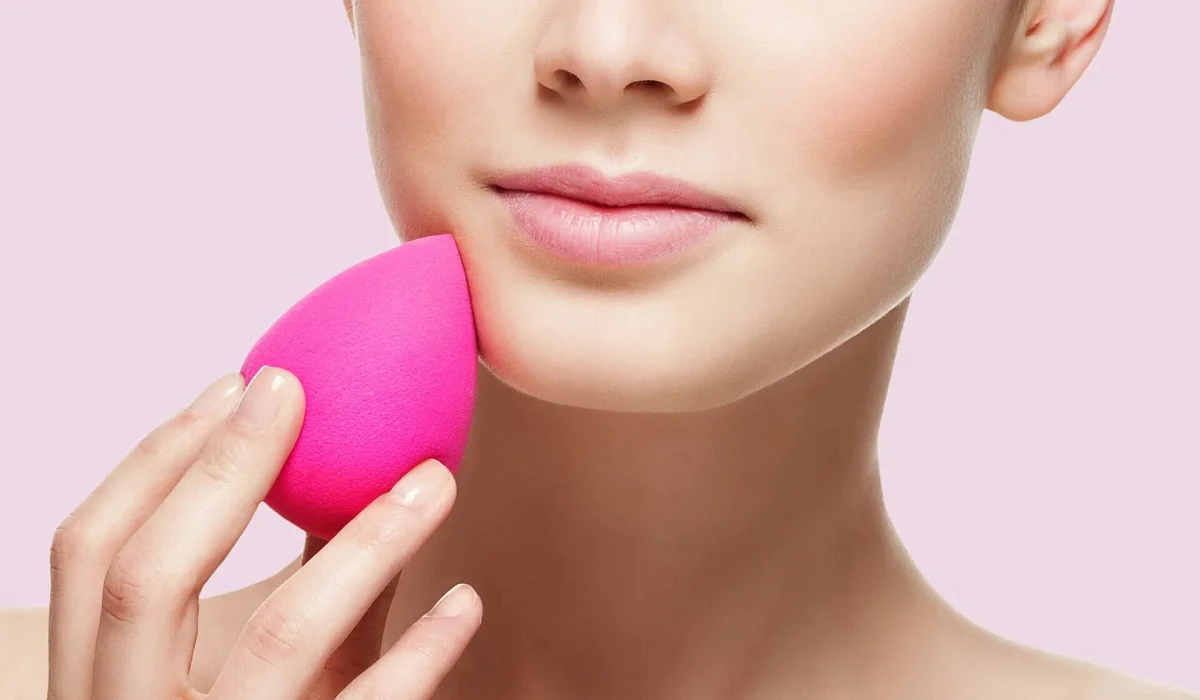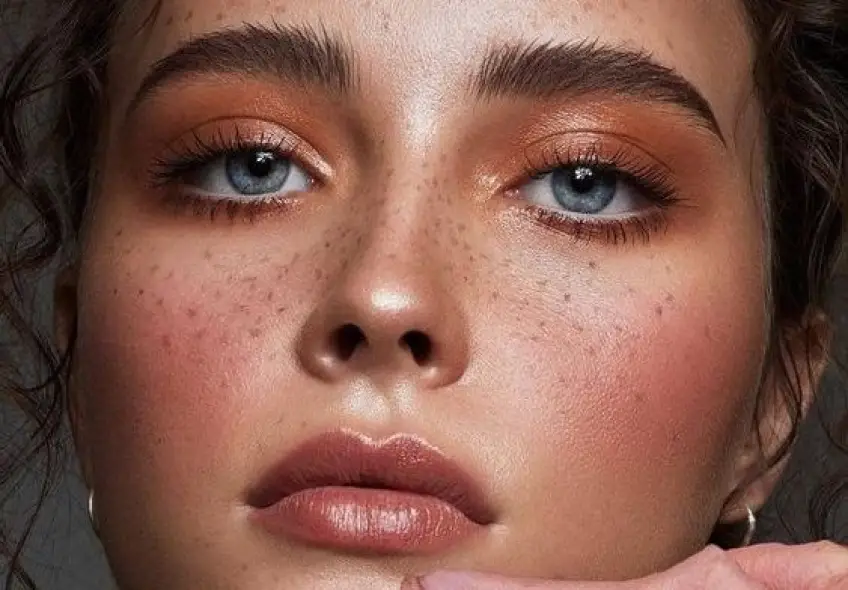Facial rollers, once shrouded in the mystique of ancient beauty rituals, have resurfaced with vigor in the contemporary skincare landscape, heralding a new era of facial care. These instruments, often hewn from exquisite stones such as jade, quartz, and amethyst, are not merely tools of vanity but vessels of holistic well-being, promising to enhance not only the skin’s appearance but its health.
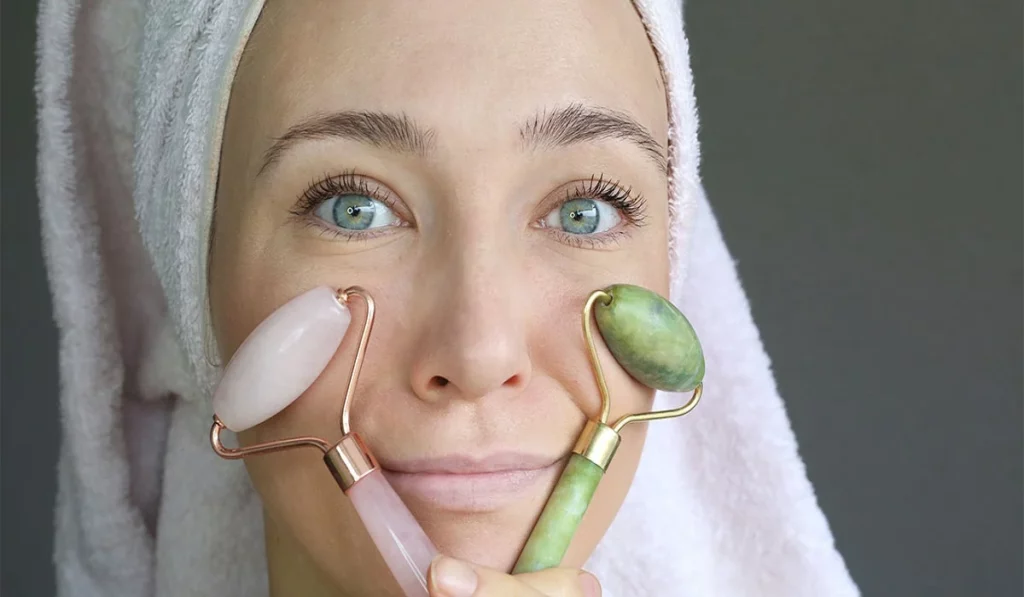
Delving into the Essence of Facial Rollers
Crafted to perform gentle massages on the skin, facial rollers are more than their elegant appearances suggest. Originating from the ancient Chinese tradition, these tools are lauded for their ability to mitigate fine lines while invigorating the skin with a youthful glow. Beyond their aesthetic appeal, these rollers are imbued with therapeutic virtues, stimulating blood flow, bolstering skin resilience, and facilitating the removal of lymphatic waste.
Unpacking the Scientific Foundation
The efficacy of facial rollers extends beyond anecdotal evidence, anchored in the physiological benefits they offer. By activating blood circulation within the facial region, they contribute to a reduction in swelling, soothe inflammation, and support skin detoxification. The methodical application of pressure not only aids in expelling toxins through lymphatic drainage but also diminishes stress-induced signs of aging by relaxing facial tension.
Exploring the Diversity of Facial Rollers
The market abounds with a variety of facial rollers, each distinguished by its unique properties:
- Jade Rollers: Celebrated for their cooling properties, these rollers are adept at quelling inflammation and calming the skin.
- Quartz Rollers: Revered for their purported restorative energies, quartz rollers are champions of skin rejuvenation.
- Amethyst Rollers: Favored for their detoxifying and anti-inflammatory benefits, amethyst rollers cater to the needs of sensitive and acne-prone skin types.
Incorporating Facial Rollers into Your Skincare Regime
Integrating facial rollers into your skincare routine is a seamless process. Start with a clean face, applying a serum, oil, or moisturizer to ease the roller’s movement. Employ gentle, upward motions to massage the face, neck, and décolletage, dedicating 5-10 minutes daily to this practice for optimal outcomes.
The Multifaceted Benefits of Facial Rolling
Consistent use of facial rollers transcends superficial beauty enhancements, offering improved skin elasticity, diminished puffiness, and better absorption of skincare formulations. The act of facial rolling itself is a meditative practice, fostering relaxation and a holistic sense of wellness.
Choosing the Right Facial Roller
The selection of a facial roller should be tailored to one’s skin type and specific concerns:
- Sensitive Skin: The soothing effect of jade rollers is particularly beneficial.
- Oily Skin: Individuals may find quartz rollers advantageous for their energizing qualities.
- Dry or Blemish-Prone Skin: Amethyst rollers are recommended for their detoxifying capabilities.
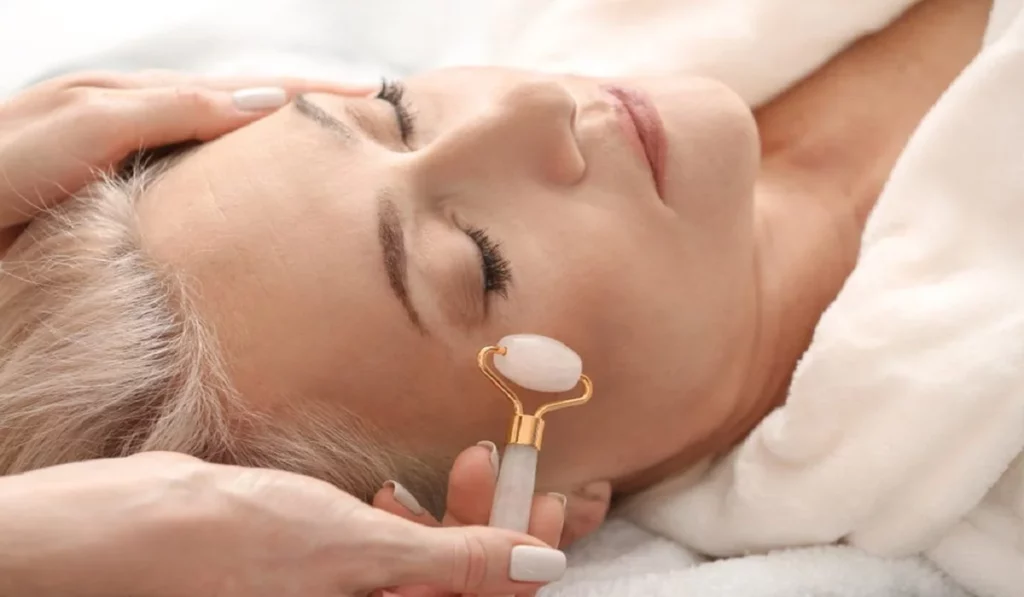
Synergizing Facial Rollers with Skincare Products
To amplify the benefits of facial rolling, pair the tool with compatible skincare products. This not only facilitates smoother rolling but also boosts the skin’s absorption and response to the products.
Maintenance and Precautions
Maintaining facial roller hygiene is imperative to avoid bacterial contamination. Regular cleansing post-use is advised. Individuals with specific skin conditions should seek dermatological guidance to prevent potential adverse reactions.
Facial rollers epitomize the confluence of traditional beauty wisdom and modern skincare science. By embracing these ancient tools within contemporary beauty routines, individuals not only partake in a ritualistic practice of self-care but also contribute to the enduring vitality and luminosity of their skin. The act of facial rolling is an invitation to rediscover the radiance within, promising a visage that reflects the depth of one’s inner well-being.
- Usage Frequency: Daily application is advised for best results.
- Acne Reduction: While not a panacea, facial rollers can alleviate inflammation and support skin healing.
- Side Effects: Proper use generally minimizes side effects, but professional advice is recommended for concerns.
- Cleaning Method: A gentle soap and water rinse, followed by thorough drying, is sufficient.
- Refrigeration: Storing in the fridge can enhance the roller’s cooling effect.

